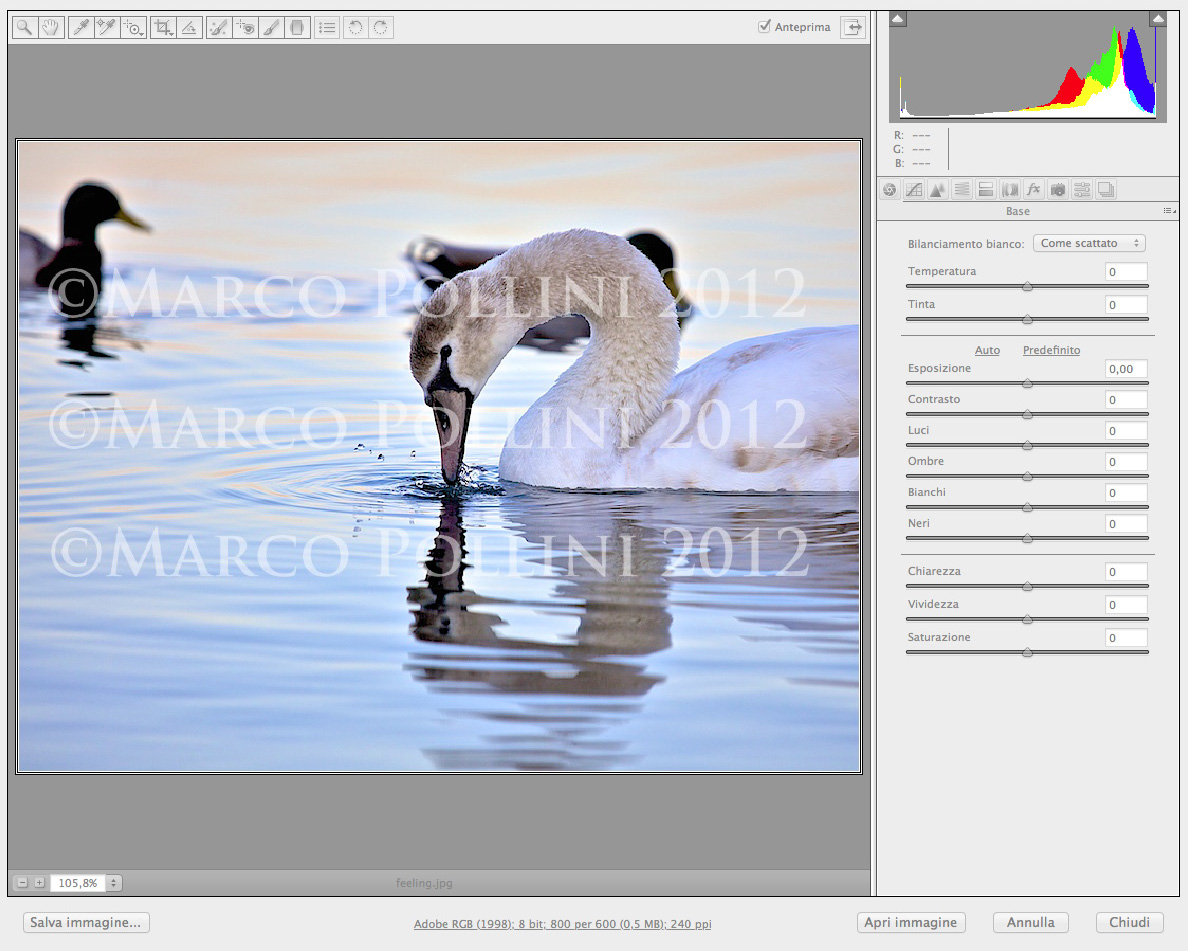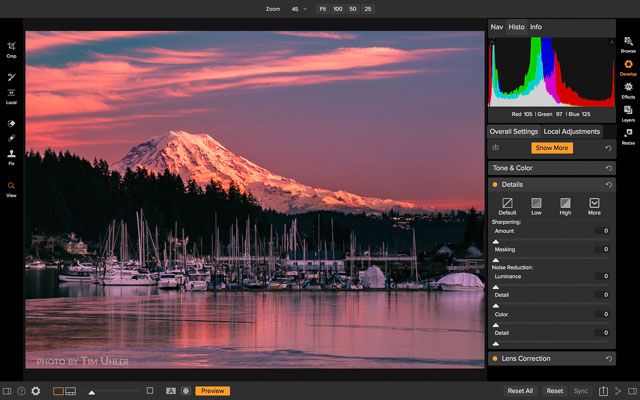

- #Adobe camera raw 2013 install#
- #Adobe camera raw 2013 update#
- #Adobe camera raw 2013 software#
- #Adobe camera raw 2013 zip#

Adobe DNG Converter version 7.4 download links.
#Adobe camera raw 2013 update#

#Adobe camera raw 2013 install#
Users of previous versions of these programs (Lightroom 3 and CS5 and earlier) will not be able to install the latest updates, but can use the new DNG Converter 7.4 to convert RAW files to the DNG format to open files from the latest cameras. Lightroom version 4.4 update can be applied to any version of Adobe Lightroom 4.x, while Adobe CS6 can be updated to latest Adobe Camera Raw version 7.4.
#Adobe camera raw 2013 zip#
Export 16-bit tiff with zip compressionĦ.Today Adobe releases updates for its popular image editing programs Lightroom 4 and Photoshop CS6 to support for the latest digital cameras and lens profile data. Shift + Click to select all photos in stack then sync settingsĥ. Edit while avoiding Shadows, Highlight, Contrast, Clarity, and Whites ( > 0 ) controlsĥ. (Default processing includes applying CinelogDCP with a basic starting grade, eg sat. Import the dngs in Lightroom, auto-stack, and collapse all stacks. Run the cdngs through slimRaw 10bit lossless encodingģ. When I open Photoshop and go to camera raw settings the pop up window open but does not allow me to change any of the settings, Its like it is frozen, I have re installed Photoshop and camera raw a number of times to see if this would help but keep getting the same. It allows you to convert a raw file into an image that can be opened into the regular Photoshop CC interface for further editing or saving.
#Adobe camera raw 2013 software#
Mount MLVs with MLVFS ( Resolve naming and vertical stripe fix options on)Ģ. Adobe Camera Raw is an additional piece of software that’s supplied with Photoshop. I'm still trying to figure out an efficient workflow, but 90% of the corrections I do to the image can be done in Lightroom. select, go to Camera raw Basic adjustments. Lens correction, Hue vs Luminance, and spatial noise reduction in Lightroom are a few other tools that are lacking/missing in the free version of Resolve. My workflow is Bridge -Camera Raw-Photoshop.Simple, after a recent update I view photos in Bridge. Lightroom has a nice auto-stacking feature that makes browsing clips much easier, depending on how you structure them. I didn't find noticeable difference with sharpness between the two, but ACR(Lightroom in my case) was much better at recovering highlight information without introducing artifacts to the image. dng's? I just want to make sure i'm not wasting important data during the conversion. So I ask you more experienced users if this workflow makes sense? Or would it be better to just use DR debayering and grade raw. Adobe Camera Raw, per importare e ottimizzare immagini raw, è uno strumento essenziale per i fotografi professionisti sin dalla sua prima versione rilasciata nel 2003. tif's should preserve all the color information for grading. The VisionLog profile compresses the histogram and should prevent clamping of shadows/highlights when transferring from ACR to DR. tif files into DR and color correct/grade the footage exposure, sharpness, noise (leave other sliders to prevent flickering during playback)ĥ. The problem is that I still want to use the benefits that DR has to offer. Initially I planned to use solely DR, however, after some tests, I came to the conclusion that ACR debayering engine provides much higher quality results. Adobe Photoshop CC has more than a dozen new features that significantly widen our choices in working with images. I'm trying to establish the best workflow for color correcting/grading.


 0 kommentar(er)
0 kommentar(er)
